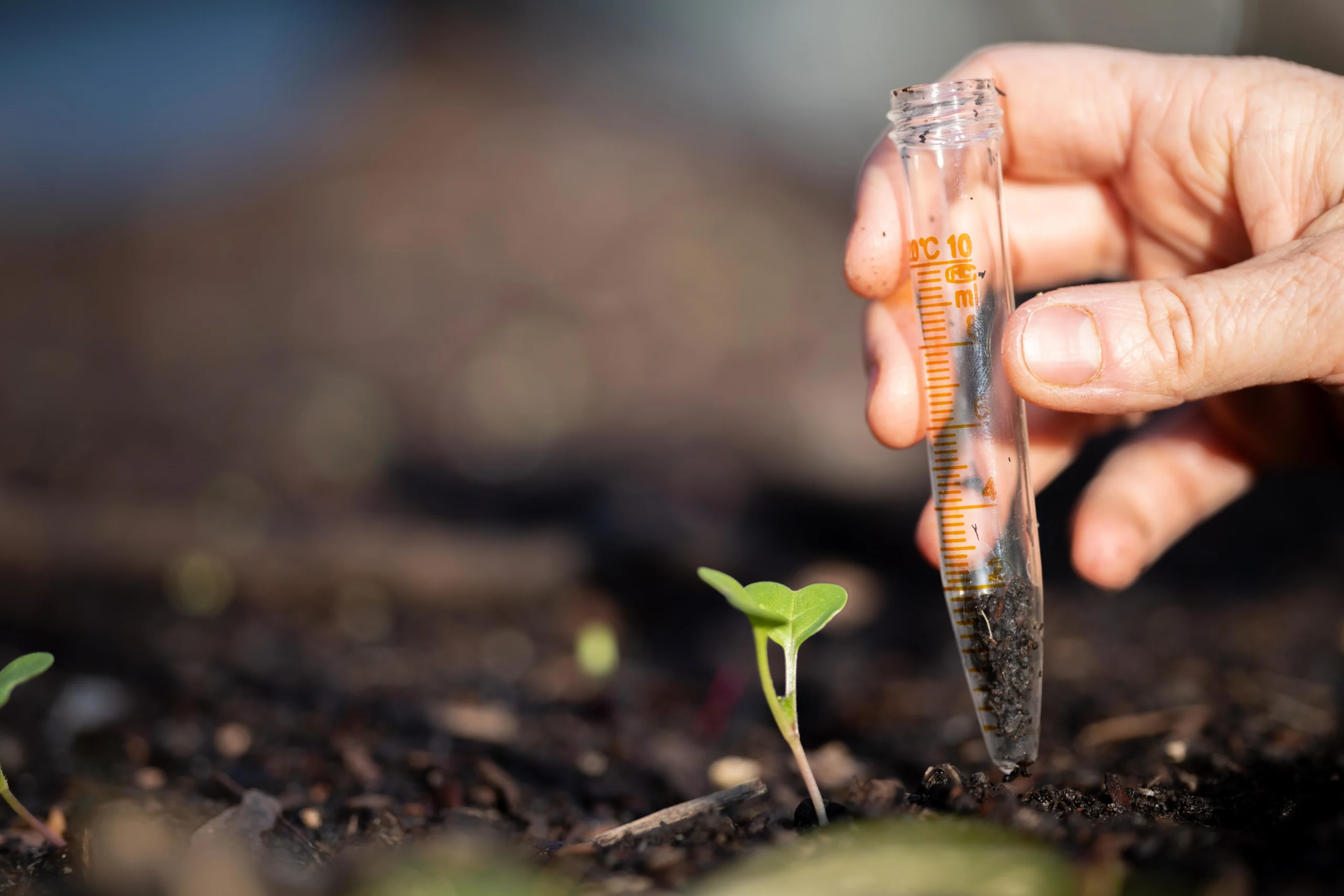Our Blog
How to Use Gel Fertilizers for Maximum Crop Yield: A Complete Guide
July 17, 2025

What Are Gel Fertilizers?
Gel fertilizers are semi-solid nutrient formulations designed to release nutrients gradually over time. They have a jelly-like texture and are typically water-soluble. Unlike liquid or granular fertilizers, gel fertilizers provide a controlled and sustained release of essential nutrients, helping plants grow consistently.
Benefits of Using Gel Fertilizers
- Slow and Steady Nutrient Release: Gel fertilizers provide nutrients over time, reducing leaching and waste.
- Water-Efficient: They require less frequent application and help retain soil moisture.
- Environmentally Friendly: Gel fertilizers reduce runoff and promote sustainable farming practices.
- Better Root Absorption: Their consistency allows nutrients to stay close to the root zone, ensuring effective uptake.
How to Use Gel Fertilizers for Best Results
1. Understand Your Crop’s Nutrient Needs
Before using any fertilizer, identify what your crop requires. Different crops need different NPK (Nitrogen, Phosphorus, Potassium) ratios. Choose a gel fertilizer with the right balance based on crop type and growth stage.
2. Prepare the Field Properly
Ensure the soil is ploughed, leveled, and weed-free.
A well-prepared field helps in even distribution and absorption of the gel.
3. Application Methods
A. Drip Irrigation
Mix gel fertilizer with water as per the recommended dosage.
Inject it into the drip irrigation line.
Ideal for horticulture crops like tomatoes, cucumbers, and grapes.
B. Foliar Spray
Dilute the gel with water as instructed on the product label.
Spray directly onto plant leaves.
Helps in quick nutrient absorption during growth or flowering stages.
C. Soil Application
Apply the gel near the root zone manually or using a fertilizer injector.
Cover lightly with soil and irrigate to activate absorption.
4. Follow Recommended Dosage
Over-fertilization can harm crops. Always use the manufacturer’s dosage guidelines, which are usually based on:
Crop type
Growth stage (vegetative, flowering, fruiting)
Soil condition
5. Timing Is Key
Apply during early morning or late afternoon to avoid evaporation.
During flowering and fruiting stages, gel fertilizers offer the most benefit.
Tips to Maximize Crop Yield with Gel Fertilizers
🌱 Combine with Organic Practices – Use compost or biofertilizers along with gel fertilizers for better results.
🕒 Regular Monitoring – Check plant health and soil condition to adjust dosage or frequency.
💧 Ensure Proper Irrigation – Even with gel-based products, sufficient water is needed for nutrient absorption.
Common Crops That Benefit from Gel Fertilizers
Vegetables: Tomato, Chili, Brinjal, Cabbage
Fruits: Grapes, Banana, Papaya, Pomegranate
Field Crops: Cotton, Groundnut, Soybean
Flowers: Marigold, Rose, Chrysanthemum
Conclusion
Gel fertilizers are a smart and sustainable choice for farmers aiming to boost crop yields. Their ability to release nutrients slowly, reduce wastage, and improve plant health makes them ideal for both small and large-scale farming.

